Somebody, somewhere, had to put in the work into designing these places. Somebody had to build them. Somebody paid for, used, and in most cases, still use them. Some are decayed and awaiting decommissioning or demolishing. But the impression I get is that not all were loved even in their prime, and are certainly not loved now. Here is a tribute to the architectural leftovers of Kuala Lumpur (and one or two from other parts of Asia): and in case you haven’t noticed, we seem to have quite a lot of them. This is the start of a of a new project: photograph old, decaying, ugly buildings as fresh ones. Even though some of these structures are new or even under construction, they still have the feel of decay – which I find quite remarkable. How much is presentation, how much is bias, and how much is simply expectation? MT
Shot with a wide assortment of equipment over a period of time, mostly processed with Photoshop Workflow II.
__________________
Masterclass Singapore (July 2016) and Prague (September 2016) are open for booking. Please click the links for details and to book.
__________________
Ultraprints from this series are available on request here
__________________
Visit the Teaching Store to up your photographic game – including workshop and Photoshop Workflow videos and the customized Email School of Photography. You can also support the site by purchasing from B&H and Amazon – thanks!
We are also on Facebook and there is a curated reader Flickr pool.
Images and content copyright Ming Thein | mingthein.com 2012 onwards. All rights reserved
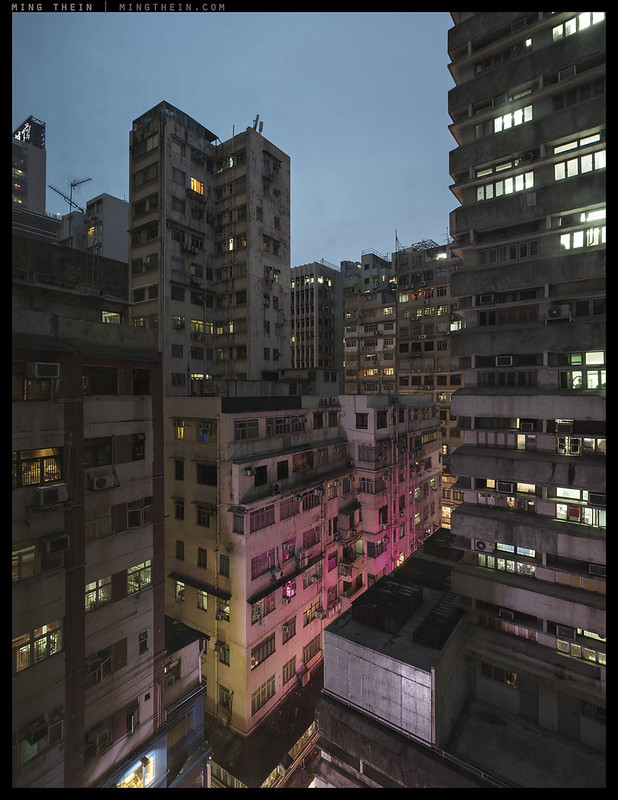
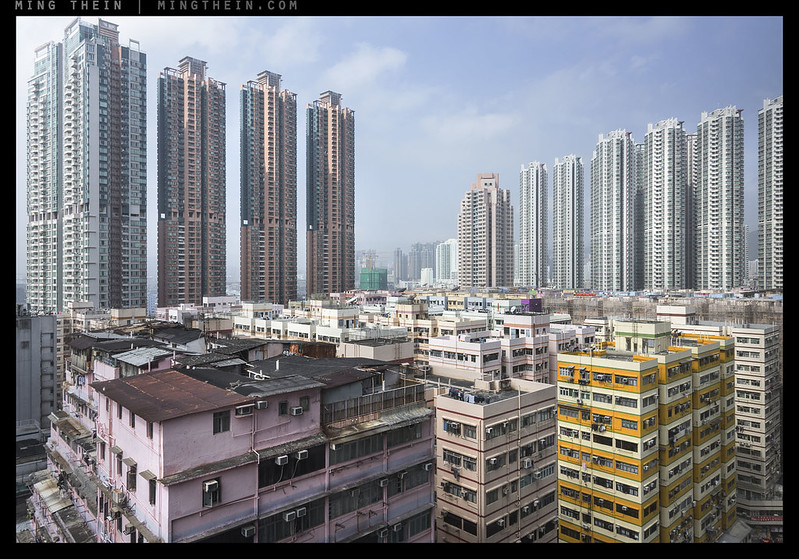
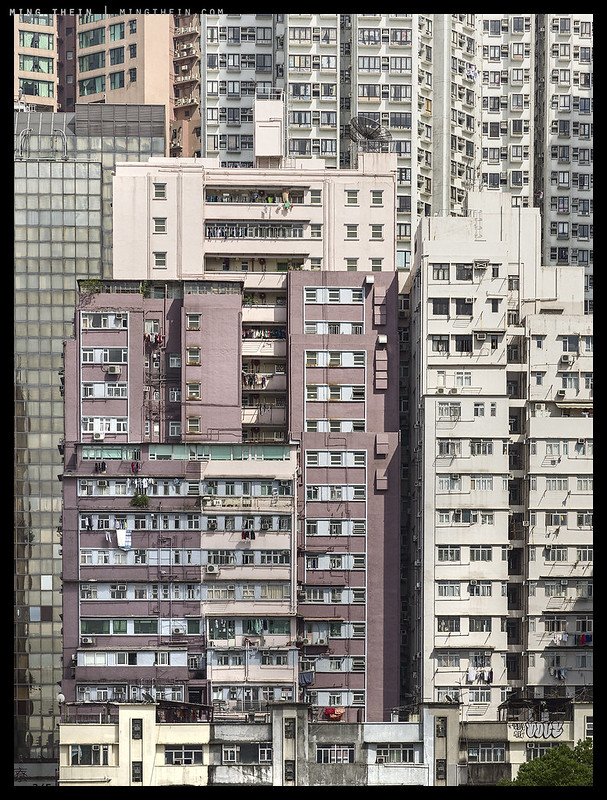

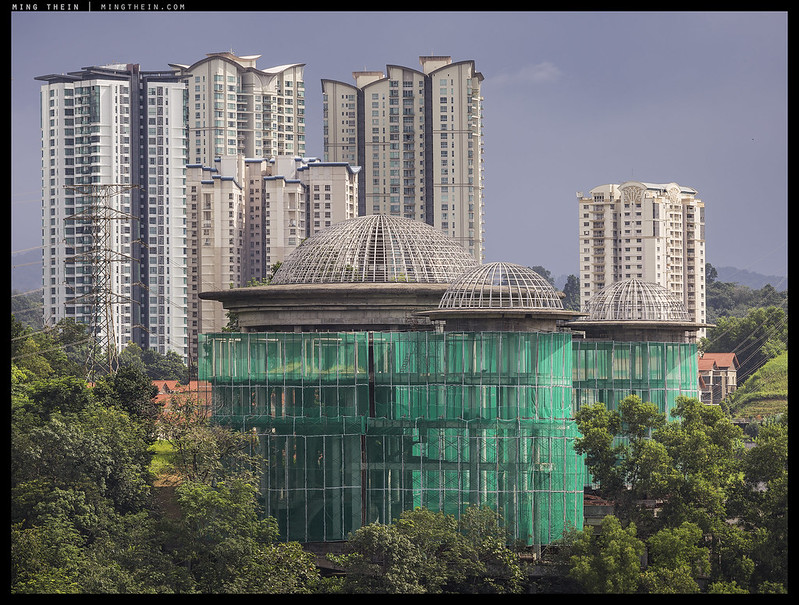
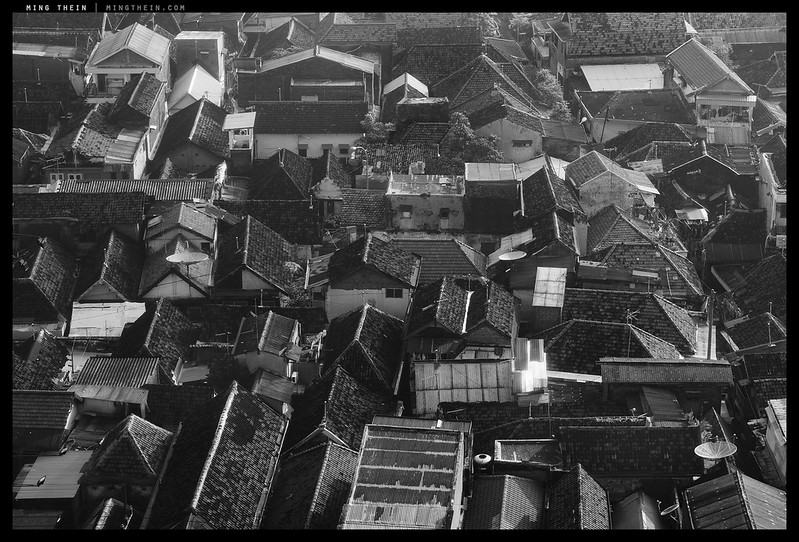
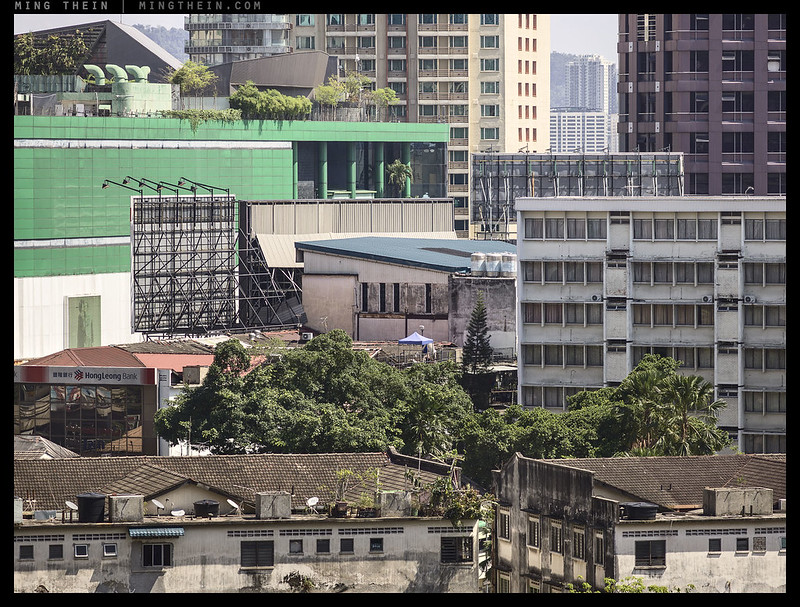



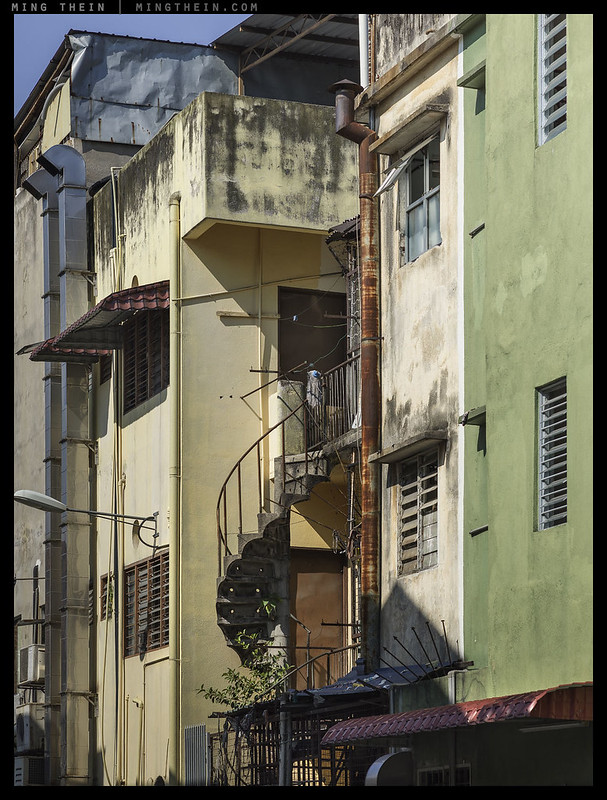
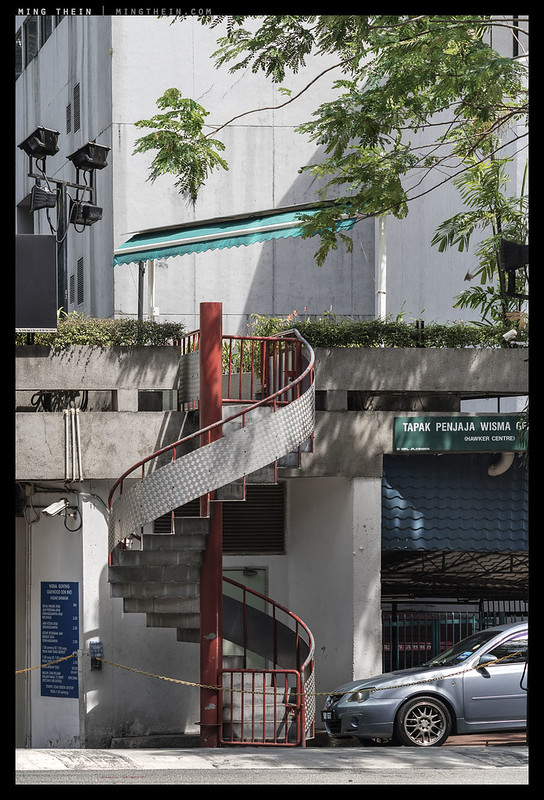
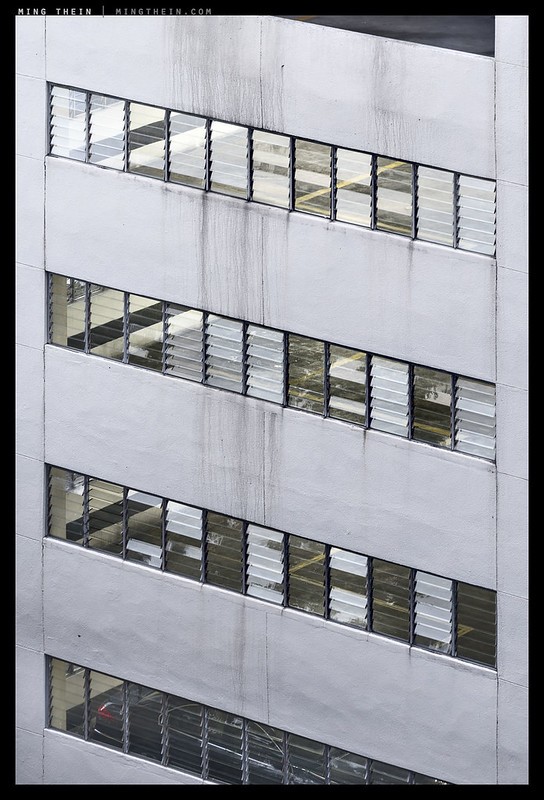





Loved it, but it really moved me in unexpected ways, having lived part of my childhood in KL. Then, the only high rises were the Hilton (once spent an entire evening riding the lifts up and down the floors!) and the AIA building, and a minor cubical shopping mall with a really fun analogue games machine in the foyer and a restaurant we used to have Sunday lunch in on the top floor. Ming – it really did hurt! Batu caves were set in paddy fields with a wonderful kampong nearby where we bought hand loomed purple silk with real silver threading……be pleased you can set a mind a few thousand miles away running in happy nostalgia. But I am sorry for you guys – everything magical about KL seems to have been concreted over, and carried away by the odd landslide. You had better get yourself over here to England and I can show you how a connection with the past can enrich the present and everything you see connects you rather than alienates! And feast you on artisan bread, real simple good food, and you can even rub the head of a friendly sheep in a natural setting (well, perhaps the latter is not worth the long flight!). Many thanks and please be happy you can move people so!
Thank you. Yes, it’s a different world now. Even what little remained of the heritage has been bulldozed, moved, made disposable in the wake of the MRT extensions. Supposedly ‘progress’ in Asia, but frankly it all feels superficial. For shame.
Ming
4th down, the rich colors and misaligned patchwork of the reflection, very nice indeed.
Thanks!
Dear Ming, check the next video of the english philosopher Roger Scrouton, it has relation with your article. Greetings.
Ah some peace and quiet in a blog post not about gear 😉
Nice shots – the feel here is a lot different to part 1. It feel more architectural as opposed to the slightly bleaker outlook in the previous!
Trying to find the balance between too much order and too much chaos…
That first one is an exquisite main course!
Thanks!
This is a really interesting set Ming! I’ve had lots of fun scrolling up and down, trying to work out which photos I like and why. What does a beautiful photo of something ugly look like?! I love the 3-dimensionality in a lot of these images (combined with such a great mood in the first photo), as well as the ones where you have drawn some sort of pattern or texture out of the architecture, eg. the second (combined with very stark, formal perspective), forth (rusty roofs and reflections) and final (almost like an orthagonal drawing of the building) photos of the set.
Thanks Brett. Your question is one I was trying to answer too: where does the beauty come from? Photographer or object? Or both? When there’s a conflict there’s a rather odd feeling…
Not sure if you’re familiar with the Beckers’ work on German industrial architecture. The Dusseldorf school is very involved with architecture as well. Photographers’ interest in the built world goes all the way back to Talbot. Here’s a link to a piece by Martin Filler on the topic which you might find interesting. http://www.nybooks.com/daily/2016/06/18/photographing-paris-london-new-york-tales-of-three-cities/
I’m not sure non-Japanese Asian architecture has received the attention it deserves. A subject very suitable for ultra-printing and your exceptional technical acuity.
An interesting read, thanks. Whilst they’d make great print subjects, I’m not so sure they’d be of anything more than academic interest due to the nature of the subject matter itself…
Love that compression on #s 3, 5, 7 & 8 !
Thanks!
I work in the architectural/construction industry (curtain wall, really big windows or glass walls that span multiple stories) and it is kind of amazing how organic the process of building is and how much human interaction and personality goes into the process. It kind of goes in fits and starts and involves lots of ego, arguments, managing difficult personalities, finding workarounds for others’ mistakes and your own, etc… It seems like it should be a scientific/mechanical process, but it feels very organic/social in nature. It’s kind of amazing when you think about all the hours, human effort and raw materials that go into even unremarkable buildings.
It actually makes sense in a way: a building is a social construct built for people. But as with everything designed, even something that lands up being unremarkable or ugly still has to have a series of conscious decisions made that result in its creation…
Ming, hands down you are the best, I cannot tell you how much your work inspires me.
We lived in Singapore for almost seven years (2005 – 2012), and on the weekends, when time permitted we would travel to KL. At times I think you are too philosophical, maybe that would be because you were raised there, for sure there is some type of attachment. I’ve lived in SE Asia for 25 years, and yes, for sure lots of changes, and sometimes that is good, sometimes not so good. Singapore and Malaysia don’t look look the same anymore, and in Singapore, history does not seem to stand in the way of change, what to say… I will hope for the best…
Hey, I really liked your second image, looks like our home in Okpo, South Korea… Best wishes…
Thanks Philip!